History
The area's history can be traced back to 6000 B.C. The UAE as a federation did not exist then. The area and the surrounding region was referred to as Arabian Peninsula. This page provides a brief about life in the area during ancient times and the major events that took place on this land that affected the sovereignty and freedom of its people and lead them to form the country of the United Arab Emirates.


This era is characterised by wetter weather conditions. People lived on different parts of the land; along the coast and in the interiors. They depended on hunting, fishing, agriculture and animal grazing. Neolithic life in the area collapsed just after 4000BC when the climate deteriorated.
Read less
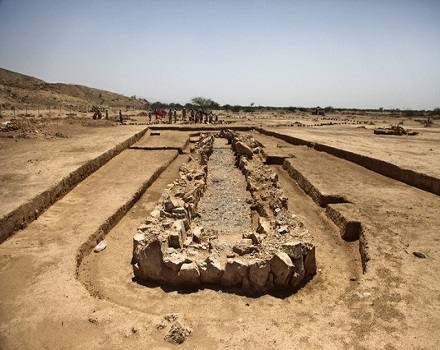
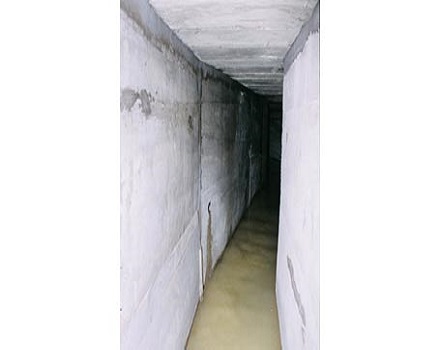

Several large subterranean tombs were found. They all belonged to small farming villages on the terraces of the wadis. These tombs were built for a large group of people, who buried their dead together. The chambers of the tombs were lined with stones; they had an entrance and showed a broad variety of shapes.
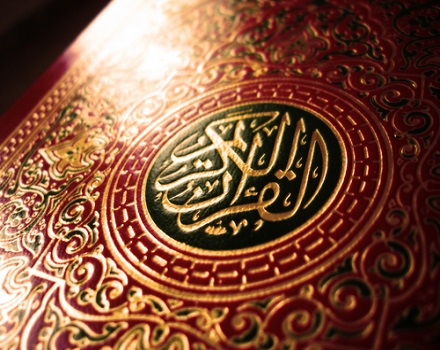
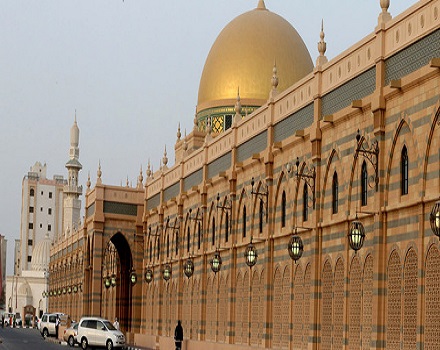
The Islamic civilisation flourished in the Gulf region during the Umayyad Caliphate AD661 to 750 and Abbasid Caliphate AD750 to 1258. Sea trade prospered between the Gulf region and other areas in south east Asia and along the west African coast and ships' craftsmanship spread in the region.
Read less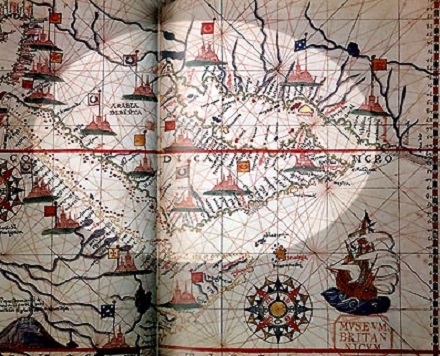
By 1515, the Portuguese fought their way into the Indian Ocean and the Gulf of Oman and established themselves there by force of arms. By 1560, they reached the height of their maritime power and established a semi-monopoly of the pepper and spice trade. They took over the role of intermediary for trade between the ports of the Indian Ocean from the members of the indigenous mercantile strata.
Read less

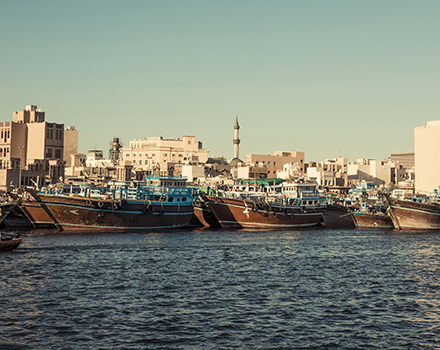
By the 1750s, the Dutch power weakened because of the three-way warfare between them, the English and the French and they lost their holdings in most of the Indian Ocean. Later, the Dutch strengthened their position on the island of Kharg by erecting a fortress and a factory and took over the various economic activities of the indigenous Arab population including pearl fishery.
Read less
After the defeat of the Qawasims, the British signed a series of agreements from 1820 to 1853 with the sheikhs of the individual emirates. As per these agreements, the sheikhs had to ensure peace at sea and refrain from building large ships and erecting fortifications along the coast. However, regular warfare at sea between Arab tribes was prevalent.
Read less
In 1892, they entered into Exclusive Agreements with the Trucial States by virtue of which the Trucial States could neither dispose any of their territories except to the United Kingdom nor enter into relationships with any foreign government without the consent of the United Kingdom. In return, the British would defend the emirates from foreign aggression. In early 1968, the British declared their intention to withdraw from the Gulf by the end of 1971.
Read less
Sheikh Zayed, along with Sheikh Rashid bin Saeed Al Maktoum, the then Ruler of Dubai met on 18 February 1968, at Al Samha in today’s Abu Dhabi near the south-western boundary of Dubai. From 25 to 27 February 1968, the Rulers of these nine states convened a constitutional conference in Dubai and formed an agreement of 11 points, which was the basis for efforts to establish the ‘Federation of the Arab Emirates’.
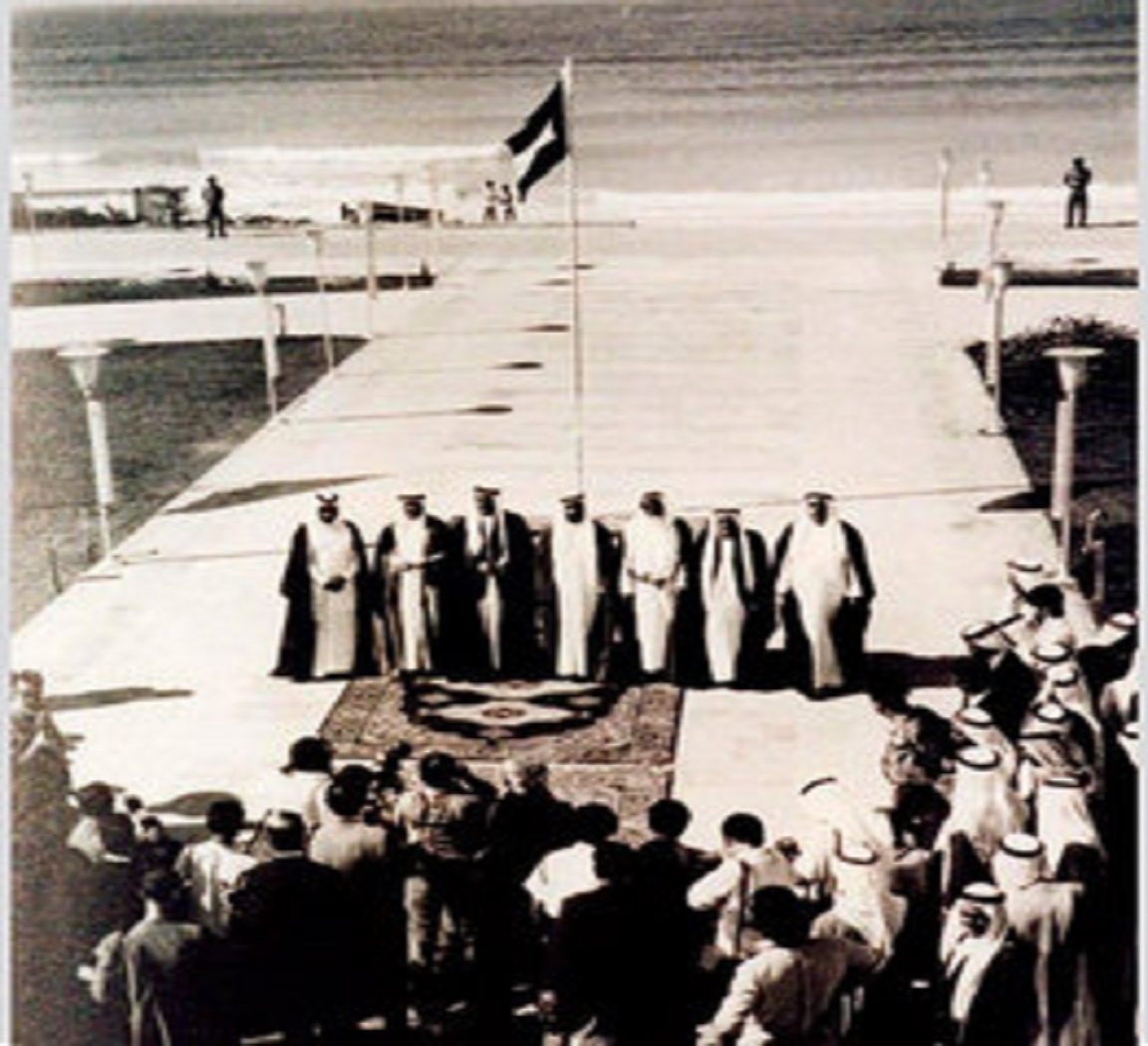
On 18 July 1971, the Rulers of six of the seven emirates that made up the Trucial States, (except Ras Al Khaimah), decided to form a union. This meeting made the following historical declaration: “The Supreme Council felicitates the people of the United Arab Emirates, as well as the Arab people, and our friends around the world, and declares the United Arab Emirates as an independent sovereign state being a part of the Arab World.”
Read lessNeed help?
If you need help, kindly contact:



